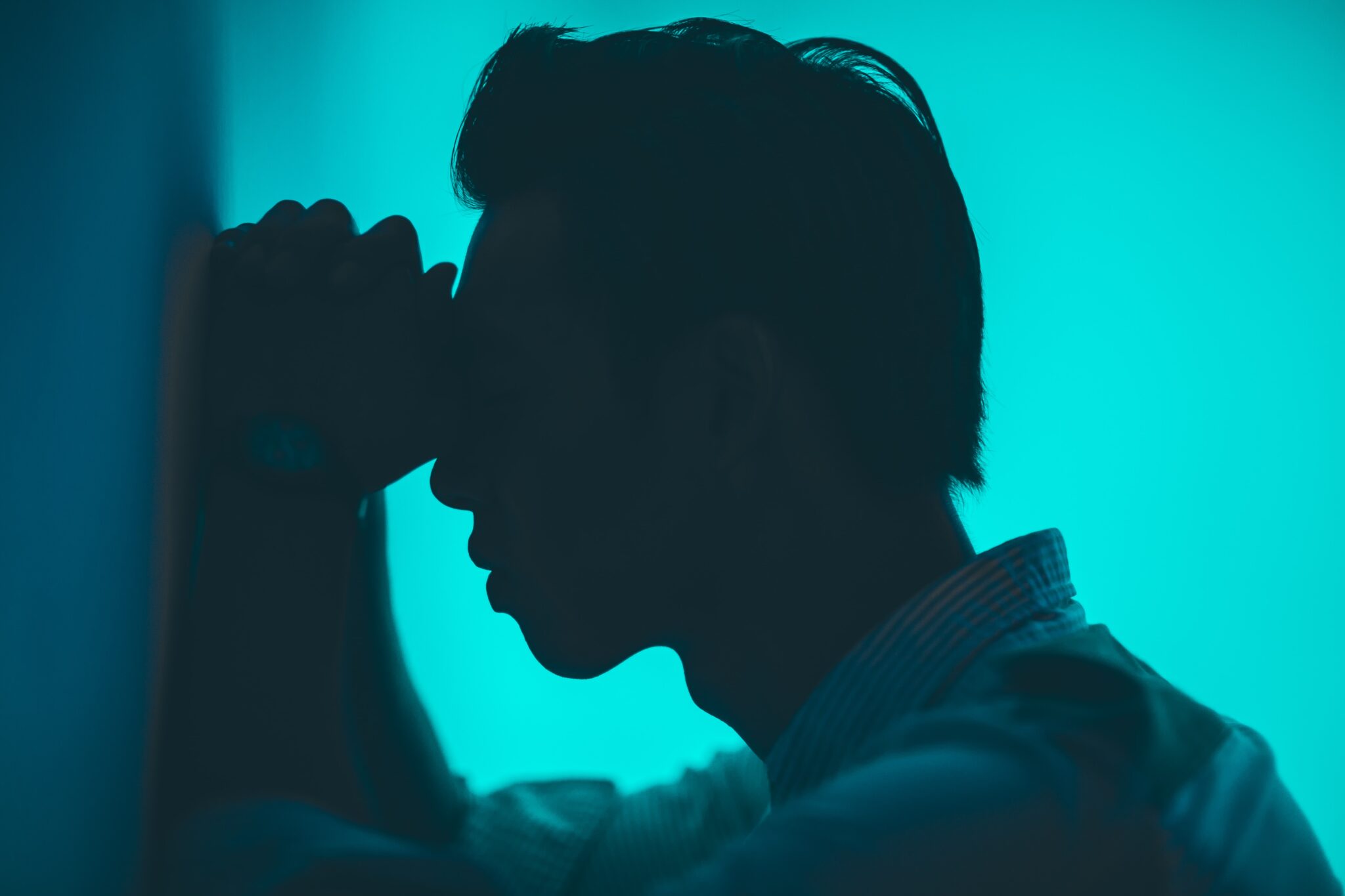In high-profile personal injury cases – those that attract the Los Angeles media’s attention – big damages tend to generate big headlines. These are the cases where a plaintiff gets millions in compensation for economic – and sometimes non-economic damages. Depending on the circumstances, the latter may include “pain and suffering.”
Sadly, most of us understand pain and suffering all too well because we have experienced one or both. From a legal standpoint, however, these concepts are a little harder to grasp. In this article, the personal injury lawyers from the Law Office of Parag L. Amin, P.C., (LawPLA) tackle a question that frequently baffles our clients. What qualifies as pain and suffering in California?
Pain and suffering as defined in California jury instructions
As experienced civil litigation attorneys, the legal team here at LawPLA knows that most personal injury cases are settled before we get to trial. We also know that large settlements – which sometimes include compensation for pain and suffering – also tend to get big headlines.
But what happens when a jury gets the case? How do the jurors know what legally qualifies as pain and suffering? The answer can be found in the jury instructions.
In this context, we find that pain and sufferingare broad terms encompassing:
- Physical pain
- Mental suffering
- Loss of enjoyment of life
- Disfigurement
- Physical impairment
- Inconvenience
- Grief
- Anxiety
- Humiliation
- Emotional distress
This means you may seek compensation for pain and suffering if you can prove that you are now experiencing (or that you will experience) difficulty sleeping (insomnia), depression, PTSD, or similar conditions in certain circumstances.
Seeking compensation for pain and suffering in LA personal injury cases
Legally you can seek compensation for pain and suffering if you are grappling with physical and/or emotional trauma sustained in an accident. Examples include physical and/or emotional trauma stemming from:
- Medical malpractice
- Motor vehicle accident
- Intentional injury/tort
- Defective products
- Slip and fall
- Wrongful death
There are some exceptions, however. For one, California law precludes you from seeking compensation or pain and suffering in workers compensation cases. Additionally, you cannot seek compensation for pain and suffering if you were hurt in a car accident and you were:
- Found guilty of DUI in connection with the crash
- Driving an uninsured or underinsured vehicle when the crash occurred
- The owner of an uninsured or underinsured vehicle involved in the crash (unless the defendant was found guilty of DUI in connection with the crash)
What happens if you were partially at fault in the accident?
In many personal injury cases, one person is entirely at fault in the accident. However, that is not always so. There are plenty of times when more than one person is to blame – including the person who got hurt. When that happens, different legal principles may affect how much compensation you ultimately receive.
In California, a legal principle called pure comparative fault must be applied in the determination of non-economic damages such as pain and suffering. The best way to explain this is to consider a scenario in which a court awards $100,000 in compensation for your pain and suffering. But the court also determines you are 80 percent responsible for the injury you sustained in the accident. In this case, the most you could be compensated for your non-economic damages would be $20,000.
Proving that you are (or will) experience pain and suffering
When it comes to proving that you are currently experiencing pain and suffering – or that you are likely to in the future – objective assessments are essential. This is because it is impossible to tell how much pain you are in or how much you are suffering just by looking at you.
The experienced personal injury lawyers from LawPLA generally present the following types of evidence to prove pain and suffering.
- Medical records
- Medical images (including but not limited to X-rays, MRI’s, Cat Scans and so on)
- Pictures of our client’s injuries and any other relevant photos
- Copies of relevant notes from our client’s primary care physician, specialist(s), physical and/or occupational therapists, and mental health professionals
- Videos of our client engaging in physical activity before and after the accident (when available)
- Copies of relevant social media posts, texts, and emails
In these types of cases, our knowledgeable civil litigators may also call our client’s friends, co-workers, and family to testify about the extent of our client’s pain and suffering. We also call on experts to testify about the extent of our client’s pain and suffering.
Do not suffer in silence – contact LA pain and suffering attorneys today
If you were hurt in an accident and you are experiencing pain and suffering, don’t suffer in silence. Contact the personal injury lawyers at LawPLA to schedule a free consultation today. Once we’ve done a preliminary evaluation, we will let you know if you have a viable claim for pain and suffering. If so, we will also let you know all of your legal options so you can make an informed decision about what’s best for you. You can reach us by using the contact page here on our website or by calling one of our conveniently located LA offices.


